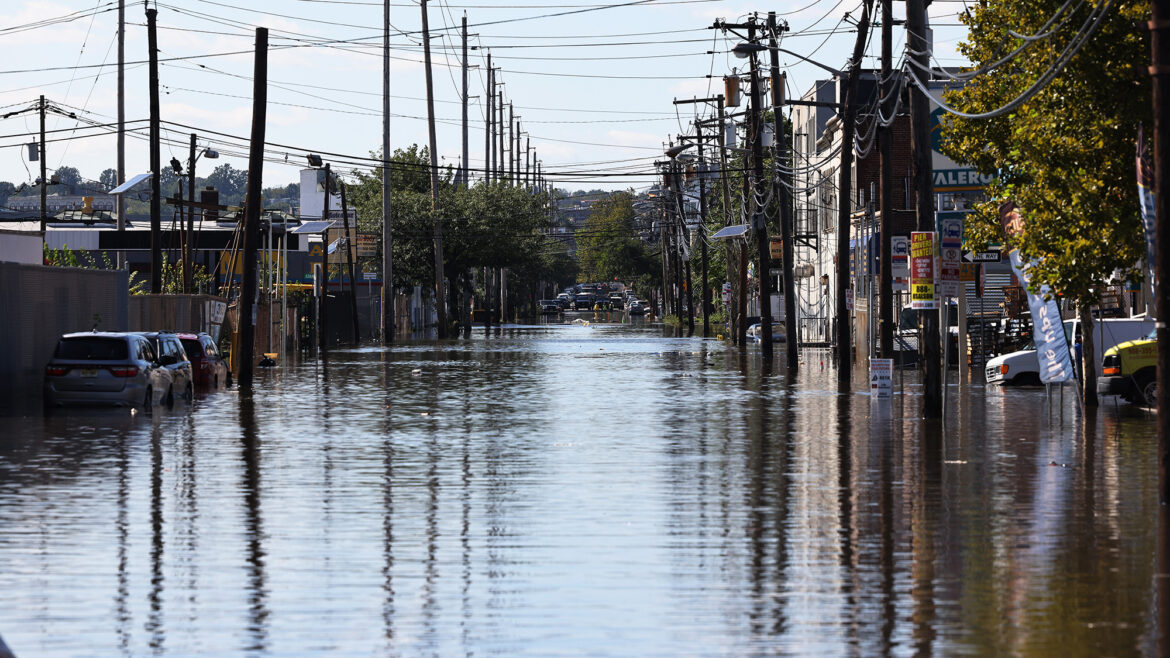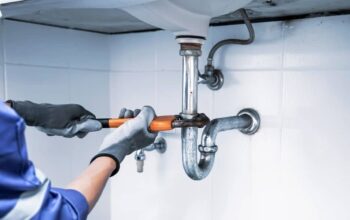In June 2008, floodwaters flooded many towns in eastern Iowa, especially Cedar Rapids and Des Moines. These flooding events were particularly damaging to small towns prone to water damage Eastern Iowa. On Tuesday, the spillway for the Coralville Reservoir overflowed, causing unprecedented flood damage. The spillway was closed for nearly eight hours due to the flooding, but by the time the storm was over, the dam had already topped its capacity, and there was more than enough water to fill the reservoir.
Several counties in eastern Iowa were affected by the flood, and floodwaters continued to rise on Thursday. Currently, there are 23 stream gages over the flood stage and six over the primary flood level in eastern Iowa. Crews are taking discharge measurements but have trouble accessing some of the streams because roads are flooded. There are several crews measuring streamflow and over-road flow. A total of nine crest-stage gages have been calculated since the flooding began in eastern Iowa.
During the 2007-2008 winter, floodwaters rose in eastern Iowa and south-central Missouri. Twenty-six stream gages were above the NWS flood stage, and six were above primary flooding levels. Unfortunately, crews have been unable to access them due to the flooded roads. As a result, there are multiple crews measuring streamflow and over-road flow. This results in over thirty high-flow and crest-stage gages being measured since Wednesday.
During the flood, floodwaters caused the closure of many roads in eastern Iowa. These closures impacted many more people than just those affected by the flood. Interstate 80 and Interstate 380 were closed, and the Cedar River and Wapsipinicon River will also have significant rises. Despite these floods, however, the rivers in Eastern Midwest will not impact the local economy as the other two.
In addition to destroying homes, the flooding caused several other problems for the region. The Cedar River created 21.9 feet of water on Sept. 27, the highest level since the 2008 flood. The high water closed US Highway 6 in two locations, including the city of North Liberty. This caused flooding on the riverbank, which caused widespread damage to homes and businesses. The flood also damaged some bridges. The Cedar River is a major tributary to the Cedar River.
The Cedar River created a record-breaking 21.9 feet of water on Sept. 27. Freeport was evacuated, and residents in the area could not drive to work. But the Cedar River remained above floodwater levels until the end of September. The Cedar River caused massive destruction in many communities in eastern Iowa. It has flooded every county in the region. The city of North Liberty alone lost four of its nine bridges.
Along the Cedar River, the floodwaters flooded Freeport and Des Moines. In North Liberty, the flooding destroyed a pier carrying the Cedar Rapids and Iowa City Railroad. In Des Moines, a bridge pier was knocked down at Highway 6 and Iowa Highway 1. The road was then closed until the water receded. The water also flooded the town of Independence, including two piers of the highway downtown.
In addition to flooding in Des Moines, flooding has caused significant water damage in Eastern Iowa. Some rivers and streams in the area have been backed up for several weeks. Buffalo Creek, Walnut Creek, and Tama Road all experienced significant damage. Some roads are closed for days, while others remain unusable. In Cedar Rapids, a flood of this magnitude has shut down several streets. As a result, a large portion of the population in the city was evacuated.
The flooding in Des Moines has caused millions of dollars in damage. Thousands of people have been displaced due to the water. Emergency officials coordinate with the local government to make sure that flood relief is available. The flood damage caused by this disaster is widespread and is expected to continue for a few years. This is a difficult time for families. But luckily, there are experts ready to help. In this instance, the emergency is not too severe.




